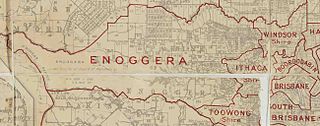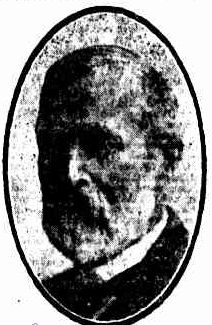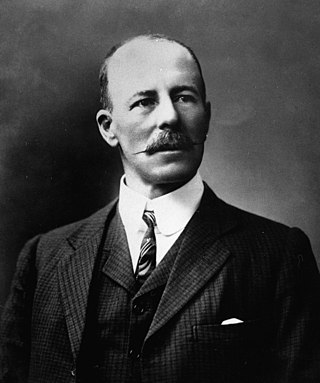
Clayfield is a suburb in the City of Brisbane, Queensland, Australia. In the 2021 census, Clayfield had a population of 10,897 people.

Gaythorne is a suburb in the City of Brisbane, Queensland, Australia. In the 2021 census, Gaythorne had a population of 3,158 people.

Paddington is an inner suburb in the City of Brisbane, Queensland, Australia. In the 2021 census, Paddington had a population of 9,063 people.
Newmarket is a north-west suburb in the City of Brisbane, Queensland, Australia. In the 2021 census, Newmarket had a population of 5,083 people.

Sir Horace Tozer was an Australian lawyer and politician. He was a Member of the Queensland Legislative Assembly.

Enoggera is a north-western suburb in the City of Brisbane, Queensland, Australia. It is home to the Gallipoli Barracks.

Bulimba is a suburb in the City of Brisbane, Queensland, Australia. In the 2021 census, Bulimba had a population of 7,623 people.

St Johns Wood is a neighbourhood within the suburb of Ashgrove in the City of Brisbane, Queensland, Australia.

The Town of Ithaca is a former local government area of Queensland, Australia, located in inner western Brisbane.

The Town of Hamilton is a former local government area of Queensland, Australia, located in north-eastern Brisbane.

The Shire of Enoggera is a former local government area of Queensland, Australia, located in north-western Brisbane.

The Ithaca Town Council Chambers is a heritage-listed former town hall of the former local government area of the Town of Ithaca, and now a community centre in Paddington, City of Brisbane, Queensland, Australia. Located at 99 Enoggera Terrace, Red Hill, it was designed by Atkinson and McLay and built in 1910 by Charles Thomas Hall and Francis Joseph Mayer. It is also known as Ithaca Library and Red Hill Kindergarten. It was added to the Queensland Heritage Register on 24 March 2000.

St Mary's Anglican Church is a heritage-listed churchyard at 433, 447 & 449 Main Street, Kangaroo Point, Queensland, Australia. It was designed by Richard George Suter and built in 1873 by Alfred Grant. It was added to the Queensland Heritage Register on 21 October 1992.

Richard John Randall (1869—1906) was an Australian artist based in Brisbane, Queensland. His art studio, the Richard Randall Art Studio, was listed on the Queensland Heritage Register.
St Johns Wood is a heritage-listed villa at 31 Piddington Street, Ashgrove, City of Brisbane, Queensland, Australia. It was built from 1864 to c. 1900. It is also known as Granite House. It was added to the Queensland Heritage Register on 23 June 2000. The present day neighbourhood of St Johns Wood takes its name from this early house.

James Laurence Watts (1849–1925) was a sculptor in Queensland, Australia. He was one of the pioneer sculptors in Australia and his works appear in many Queensland public buildings and places.

Arthur George Clarence Hawthorn was a solicitor, and member of both the Queensland Legislative Council and Queensland Legislative Assembly.

The Southport RSL is a sub-branch of Returned and Services League of Australia (RSL) in Southport, Gold Coast in South East Queensland, Australia. Their building is at 36 Scarborough Street, Southport. The Southport RSL is a registered not-for-profit charity.

Enoggera State School is a heritage-listed government primary school at 235 South Pine Road, Enoggera, City of Brisbane, Queensland, Australia. It was designed by Alfred Barton Brady and its heritage buildings were built from 1916 to 1950. It was added to the Queensland Heritage Register on 1 February 2019.

William Robert Black (1859–1930) was an Australia mine-owner and philanthropist. He donated to establish many Presbyterian churches and supported schools, orphanages and other charitable institutions in Queensland.























